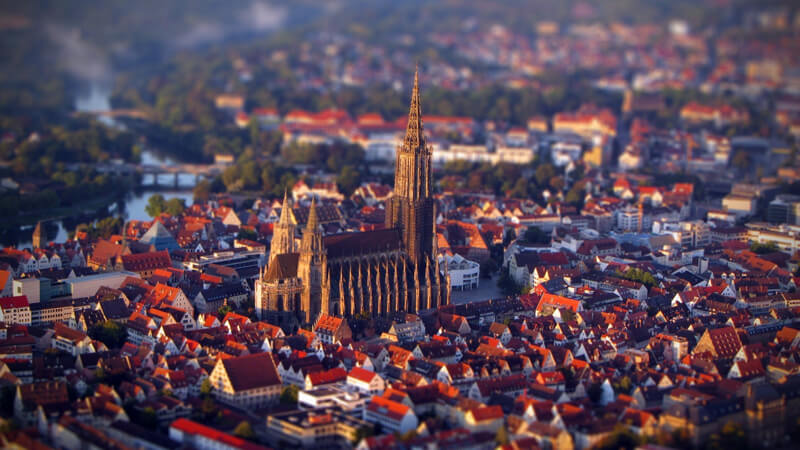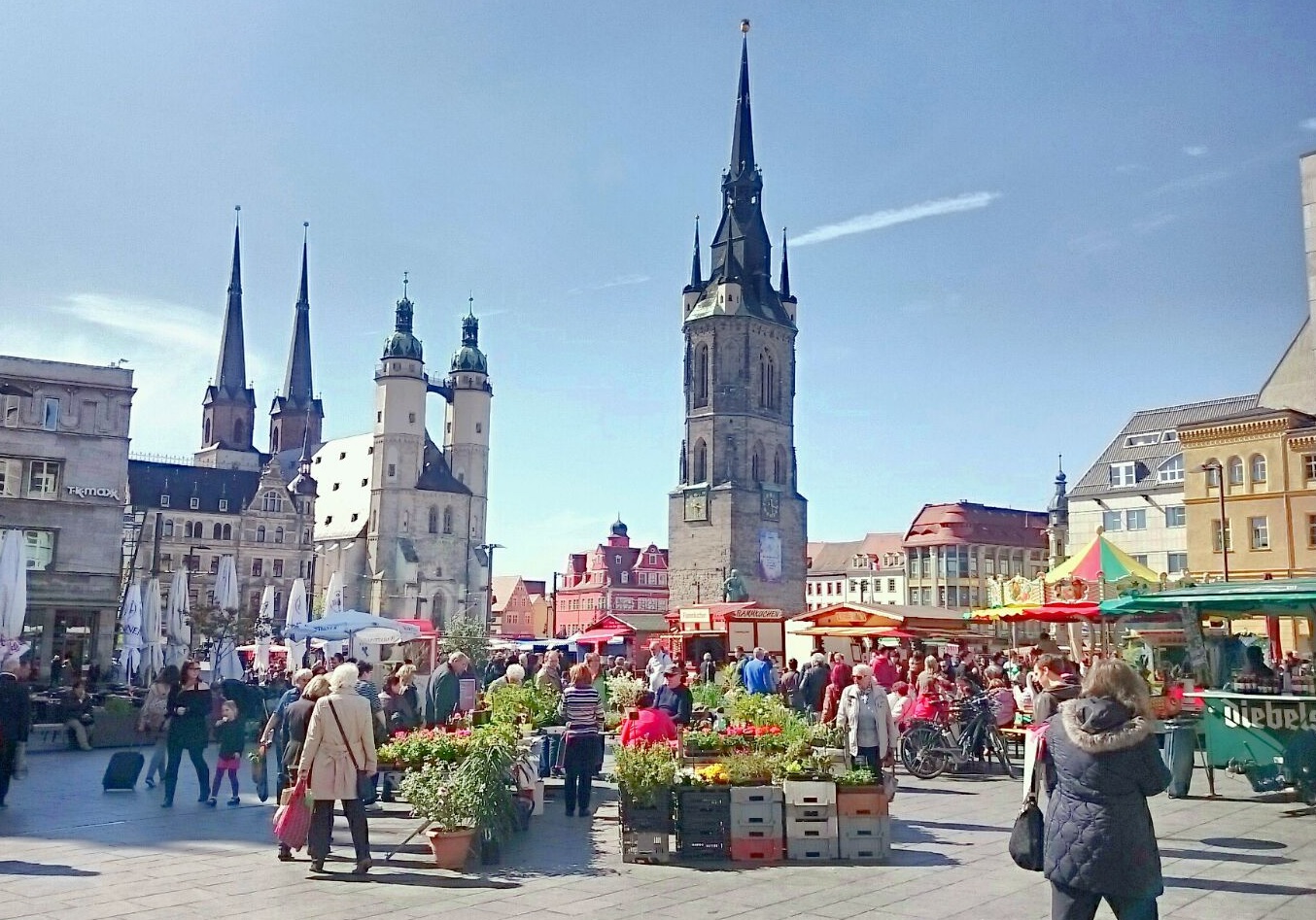


All of the overseen proposals represented different artistic conceptions for the temple, which would have made its appearance different from the one we know today. The construction supervisors offered the stairs in front of the iconostasis to be made out of red, instead of white marble, and the walls to be painted with religiouse compositions. The idea for the colorful windows of the church was proposed for realization to French, Belgian and Austrian firms, but the windows were never made because of the agent, who was a representative of the " R.

The iconostasis was made out of wood, instead of the offered by the architect light plastic mass of carton and glue-" carton pierre & pâte collante ". The only thing that was changed was the material. Nevertheless, it was made according to the original proposal of Aznavur.

Petersburg, because its architecture and appearance didn't match the orthodox tradition. His project was proposed for correction by Bulgarian commission and was consulted by Russian architects in St. The project for the iconostasis was made by Aznavur after he investigated the iconostasises of russian churches in Istanbul. This Report systematises and analyses the archive information about the projects of iconostasis, colorful windows and ideas about the decoration of the walls. The apparent intention of the Byzantines, as reflected in the treaty, was that the Rus' were to stop the Black Bulgarians at the Crimean isthmus from which location the Rus' themselves would not become an important threat to the Imperial possessions. The Black Bulgarians were one of those remnants of an earlier steppe migration who survived on the steppe between the Dnieper and Don rivers from where they raiced the Crimea. This concern for the Crimea as well as the fact that the terms of the treaty made the Rus' into allies (symmachoi) of the Empire serves as the essential background for a possible solution to the somewhat tangential but historiographically important question of the identification of the homeland of the Black Bulgarians whom the Rus' were to prevent from raiding Kherson and the Climata. The political and military clauses of the treaty reflect the determination of the Byzantines to protect their Crimean possessions against any real or potential threat from the Kievan Rus', much as the instructions of Constantine VII Porphyrogenitus in the De administrando imperio document a similar effort with the steppe tribes. In all of its activities related to the steppe in the tenth century, the Empire demonstrated an overwhelming concern for the safety of Kherson and the Climata in the Crimea which were important as bases for Byzantine diplomacy on the steppe. In addition, the questions of geography and ethnography, connected with the treaty, have proven difficult to reconcile with our existing knowledge of the steppe. The most difficult questions have emerged because the treaty has seemed to imply extensions of Kievan sovereignty into the Crimea which it appears unlikely that the Byzantines would have permitted at. In the treaty of 944 between the Russians and the Greeks, the clauses which can be referred to as political and military have created some important problems both in interpretation and implication. The new contribution of the article to the general knowledge about the Zographite dependency of “Mavros Viros” are the texts of two extensive Bulgarian documents dated to 1907 – 1908, which reject the Russian claims to this dependency and substantiate the legal rights of the Bulgarian Athonite monastery of Zographou over it. The earliest sources are Greek (980, 1049, 16), while those of the years 1747 (Porfirii Uspenskii), 1756 (Iob Mavrovirskii or Iakov Butenko), 1758 (Ioasaf Petrenko), 1763 (Leontii Iatsenko-Zelenskii), 1760 (Ignatii Denshin), 1827 (Russian monk named Theofan) and 1847 (priest-monk Sergei Vesnin) are written in Russian. Black Pond) – Unknown Bulgarian Documents from the Archives of the Athonite monastery of Zographou"Ībstract: The article offers the reader the texts of all the known sources pertaining to the history of the Zographite dependency of “Mavros Viros”, which is located 2 km north of the Bulgarian Athonite Monastery. Title: "History of the Athonite Zographite Skiti of Mavrovir (Černi Vir, i.e.


 0 kommentar(er)
0 kommentar(er)
